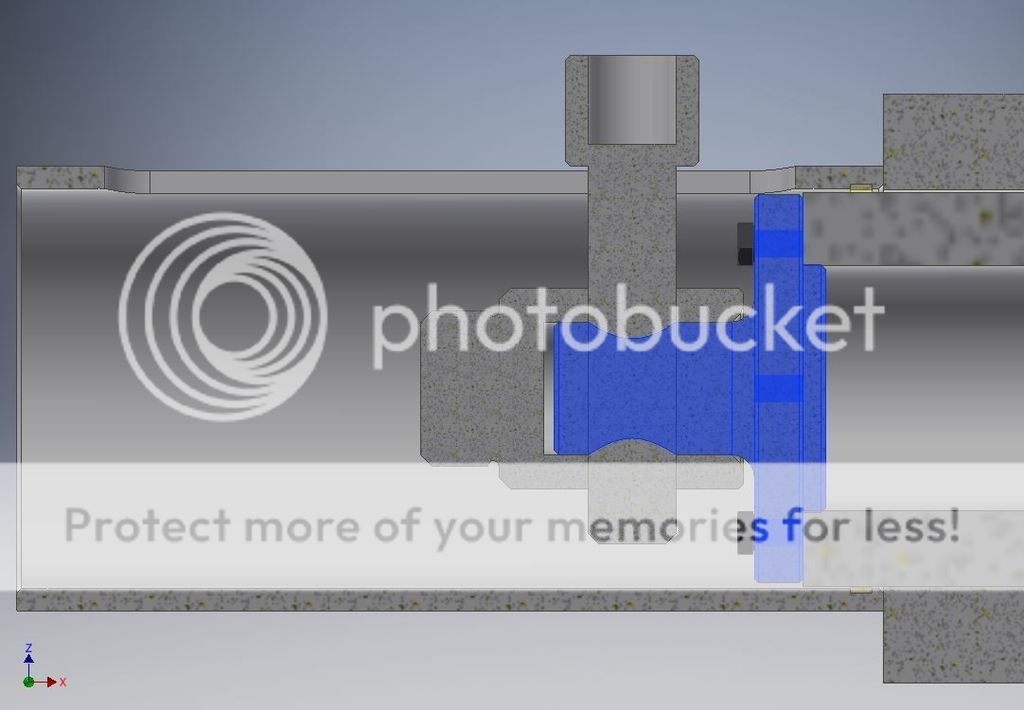Yes, but I suspect it won't help much. The #2 cross member (often known incorrectly as the front subframe) in a car tends to short circuit the crash structure, as it needs to be stiff and strong, the crash structure needs to be neither. So, typically the rear bolted joints that hold the x member to the main longitudinals are designed to break away. This is rather a tricky balancing act, we don't want them to break away if you drive through a pothole and over a kerb, we do want them to break away if you drive into another car. The bolts don't break as such, the joint does, it slides out under the head of the bolt via a shaped piercing in a plate. I know the LS DYNA boys went through a few iterations of shape for the slot, but not as many as I'd have expected, and obviously once we had a validated design we've never touched it since.















